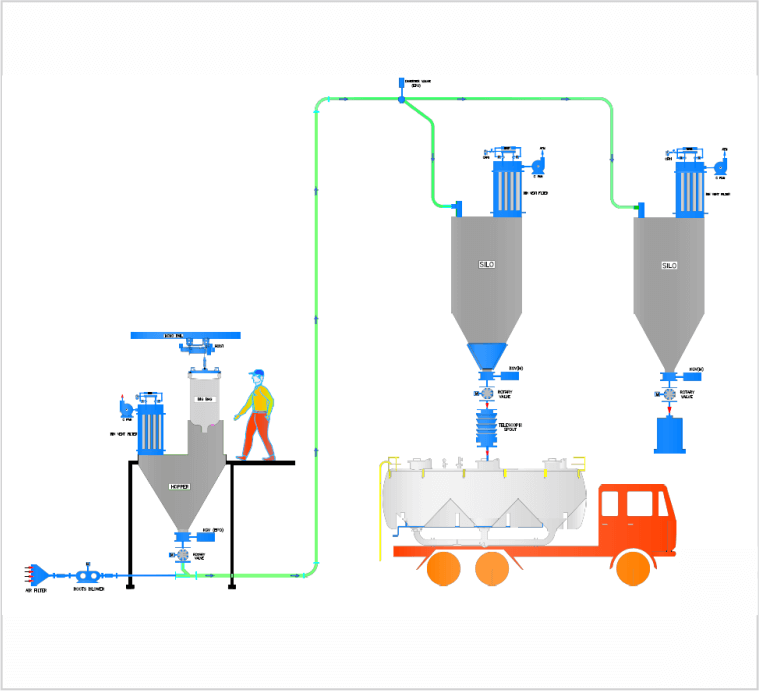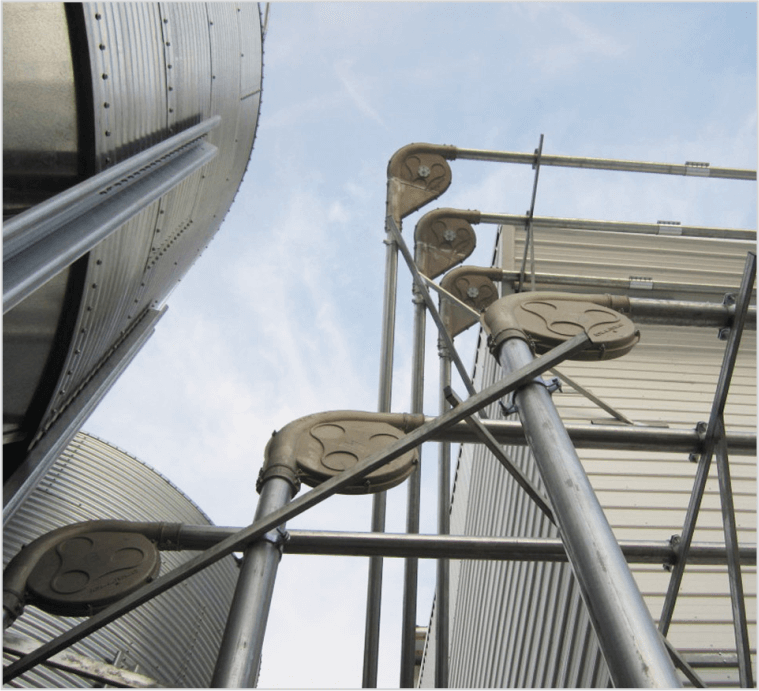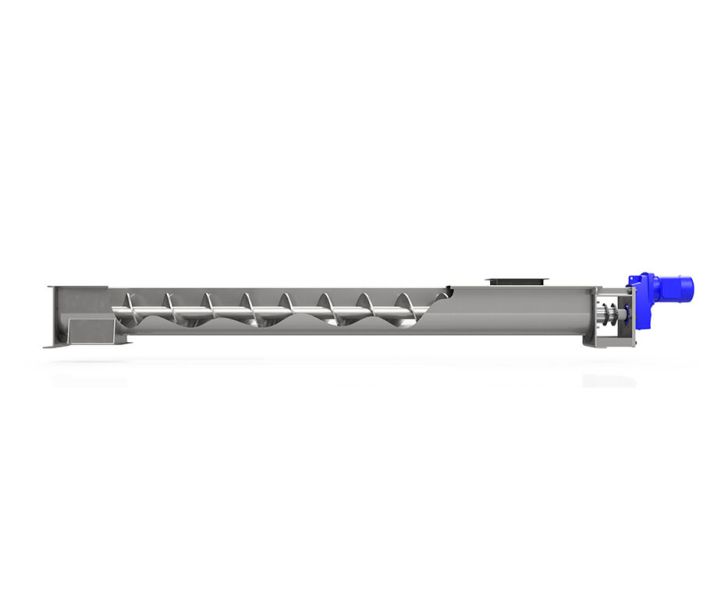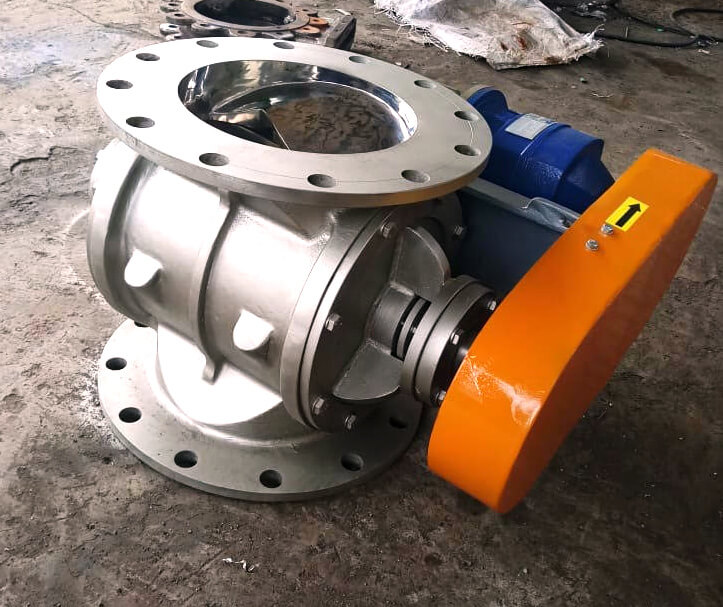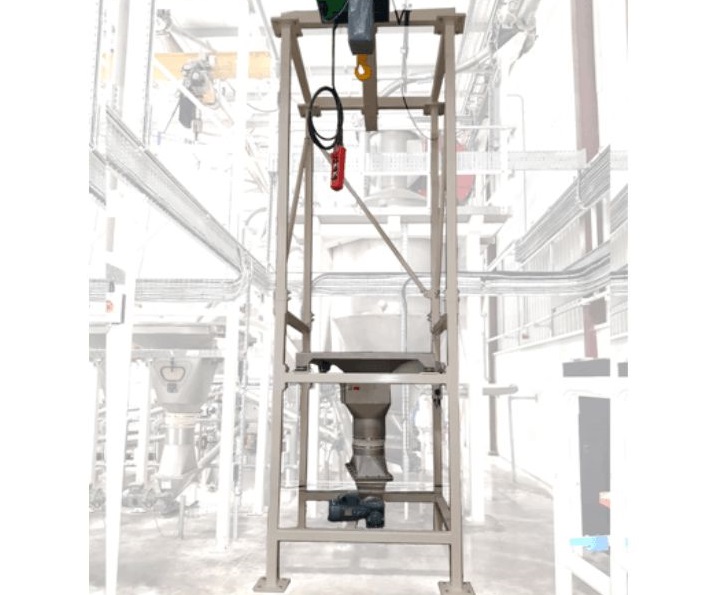
Silo Discharge System Operation: Step-by-Step Process and Workflow
In a silo discharge system, silos serve as essential storage
solutions for a wide range of industries, including food, plastics, paint, cement,
steel, and pharmaceuticals. These versatile storage facilities play a crucial role
in maintaining uninterrupted production amidst disruptions in the supply chain. By
accommodating large quantities of bulk powders, silos effectively handle the demands
of production lines, surpassing the limitations of manual handling alone. Moreover,
the operation of silos remains impeccable, boasting a clean and dust-free
environment that eliminates any human contact with the product.
In the silo discharge system, the filling process of these silos
depends on the availability of raw materials, which can be done using bulk tankers
by way of bulk tanker unloading systems or pneumatic
conveying systems. To ensure
efficient discharge, each silo is equipped with various live bottom arrangements,
such as bin activators, fluidizing cones, and unloading valves. These components
work harmoniously to enable the consistent and controlled discharge of different
materials, facilitating effective inventory management and control. As a result, the
plant operation becomes more flexible and benefits from improved material supply
chain management.
Components of the Silo Discharge System
- Conveyor System: The conveyor system plays a vital role in transferring material from the silo to the desired destination. It consists of belts, buckets, or screw conveyors that move the material efficiently and safely. The type of conveyor system used depends on the characteristics of the stored material and the distance it needs to be transported.
- Silo Discharge Equipment: This includes various devices and mechanisms responsible for facilitating the flow of material from the silo.
- Discharge Gates and Valves: These are openings located at the bottom of the silo that can be manually or automatically controlled to regulate the material flow. They provide a controlled discharge of materials into the conveyor system.
- Fluidizers and aerators: These are devices attached to the silo walls that use compressed air to agitate and fluidize the stored material, ensuring smooth flow and preventing bridging or clogging issues.
- Rotary Dischargers: Also known as rotary valves, these devices consist of rotating blades that break up and disperse the material as it moves through them. Rotary dischargers are commonly used for fine or granular materials.
- Vibrators: Vibrators are installed on the walls of the silo to eliminate material buildup and promote material flow. They use mechanical vibrations to loosen and dislodge materials that may be sticking to the silo walls.
- Control System: An efficient control system is essential for smooth operation and proper coordination of the silo discharge system. It includes sensors, level indicators, and automated controls that monitor material levels, flow rates, and other critical parameters. This ensures optimal performance, prevents overflows or blockages, and maintains the desired flow rate.
Operation of a Silo Discharge System:
The operation of a silo discharge system generally involves the following steps:
- Material Loading: Bulk materials are loaded into the silo through an inlet point, either manually or through automated systems such as conveyors, bulk tanker unloading systems or pneumatic transfer systems.
- Material Storage: Once inside the silo, the material is stored in a controlled environment, protecting it from external elements such as moisture, pests, or contamination. The stored material settles, and if necessary, it can be conditioned or aerated to maintain its quality.
- Material Discharge: When the need arises to retrieve the stored material, the discharge system is activated. The discharge gates/valves are opened, allowing the material to flow into the conveyor system.
- Material Transportation: The conveyor system, driven by motors or other power sources, transfers the material from the silo to the desired destination, such as trucks, trains, or processing equipment.
- Monitoring and Control: Throughout the entire operation, the control system continuously monitors various parameters like material levels, flow rates, and any potential issues. It provides feedback to the operators and adjusts the system's parameters to maintain optimal performance.
- Safety Measures: Silo discharge systems are designed with safety in mind. They incorporate safety devices such as emergency shut-off switches, alarms, and pressure relief systems to prevent accidents or equipment damage.
By implementing an efficient silo discharge system, industries
can streamline their operations, minimize downtime, and ensure a constant and
reliable supply of materials.
At Stratgem, we specialize
in designing and implementing advanced silo bulk storage systems and Silo discharge
systems tailored to your specific needs. With our expertise and high-quality
equipment, we can help you optimize your material handling processes and enhance
productivity.
Contact us today to
learn more about our services and how we can assist you in achieving efficient,
reliable storage & discharge of bulk materials.
Simply state your requirements and the challenges. Stratgem will provide a solution that will suit your process needs while maintaining product integrity and safe operations.
StratGem
Powder Handling Automation Solutions
StratGem
Powder Handling Automation Products
Plan to Start a Project

